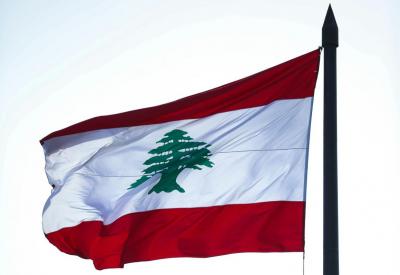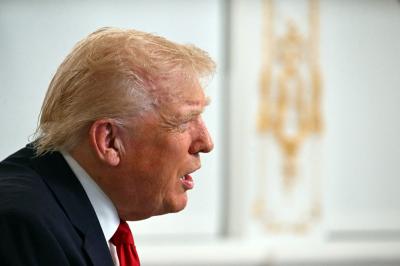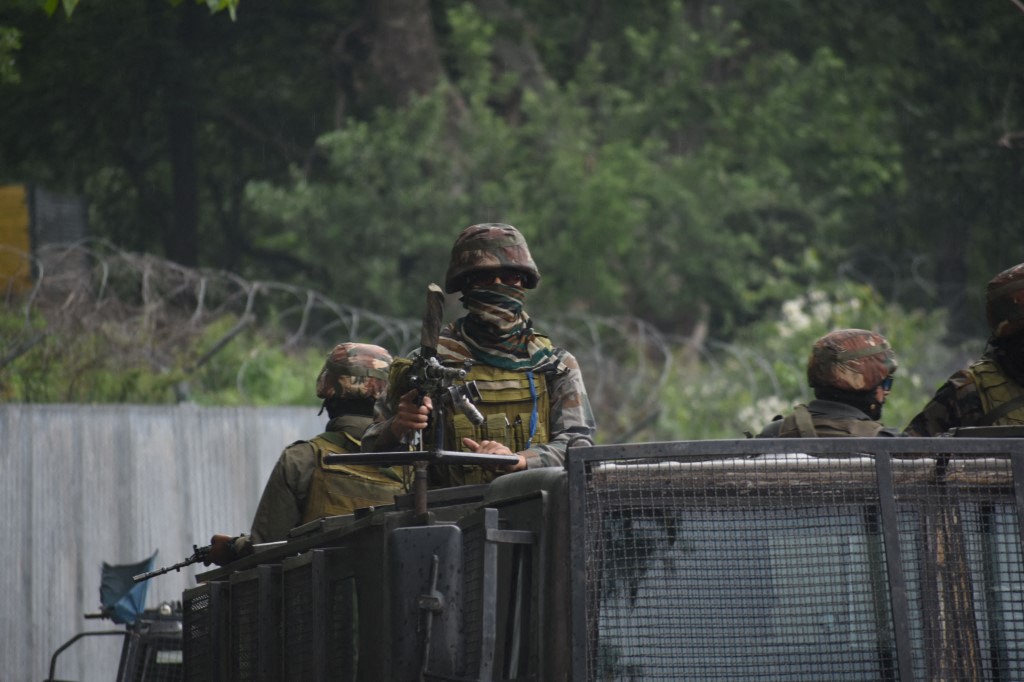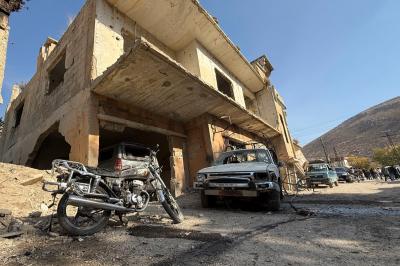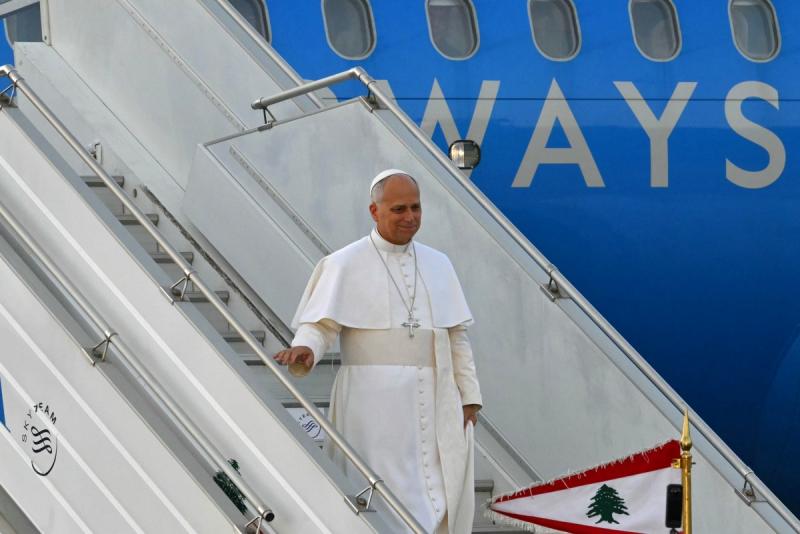The recent surge in the crisis between India and Pakistan is not a one-off development, because the conflict is a dormant fire ready to flare for any small reason. This conflict has roots in the history of the two countries and is influenced by social, political and religious parameters, with the background of a more serious territorial dispute over two territories Jammu and Kashmir.
While India considers Jammu & Kashmir as an integral part of its territory, Pakistan looks at Kashmir through the perspective of the self-determination of the Kashmiri population, and accuses India of human rights abuse. Pakistan calls for international and UN mediations to solve the conflict while India prefers bilateral negotiations, so far rejected by Pakistan.
On the Kashmir territory split choices emerge with part of the population seeking a union with Pakistan, while the other part calls for independence or at least autonomy under the Indian umbrella. The population of Kashmir is torn between militias and regular forces making life in the region an economic nightmare.
Chances of a settlement
With the absence of an ongoing mediation, no settlement of the conflict sounds realistic. Both countries must agree on some sort of dialogue whether direct or through a third party. This perspective seems to be a long-term possibility.
On a shorter term, diplomatic efforts can at least ease the tension and allow both sides to review their options, and potentially agree to allow the Kashmiris to unite by choosing their governing system.
The main obstacles are the excessive nationalism on the Indian side, and the rejection of any solution based on letting Kashmiris choose their destiny. Pakistanis favor some self-determination of the Kashmiri people based on their history with India, since Pakistan gained its independence from India.
Another factor that prevents a solution is the division of the Kashmiri population itself since it has no single vision about its future.
On the other hand, what could help reaching a solution, is the urgency for the two countries to manage their economies and face their domestic challenges. Both suffer from unemployment and inflation as well as corruption and mismanagement of their natural resources. On the internal front as well, populations of the two countries are exhausted and there is a growing pressure from the new generations to consolidate economies and welfare, and to replace excessive nationalism with open thinking and modern approach to peace.
Some close countries to both sides tried to initiate talks back in 2021, by encouraging better trade exchange for the benefit of both economies. The US, China and some Gulf countries keep pushing them to de-escalate.
One last factor plays the major role in preventing a wider escalation towards a war, and it is the nuclear deterrence.
So far, conventional weapons are used and the air defenses are active on both sides with each one trying to show muscles and domination.
The last developing conflict has daily ups and downs, but the two countries are keeping their aggressivity at bay.
Please post your comments on:
[email protected]
 Politics
Politics

